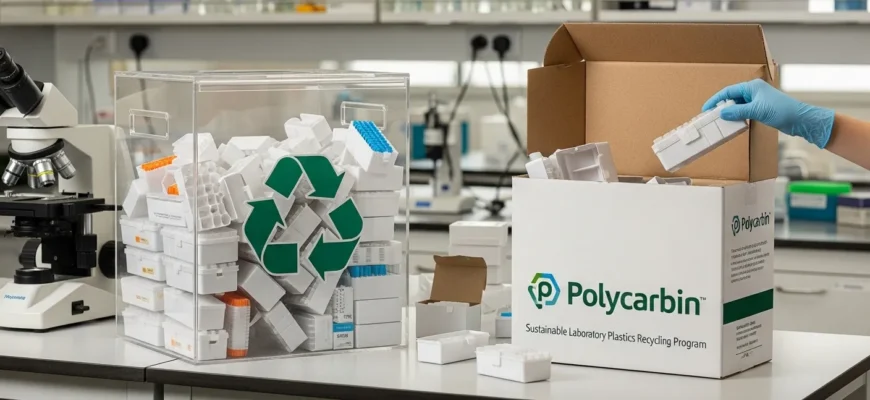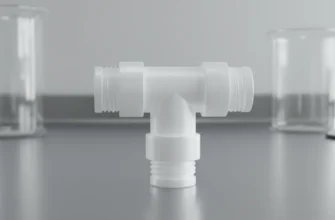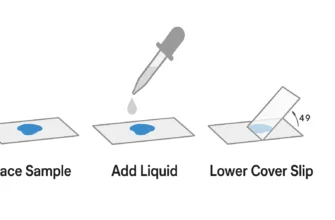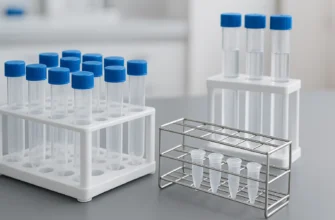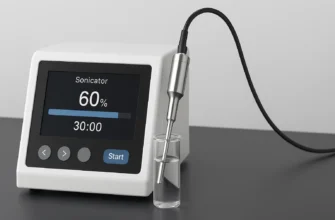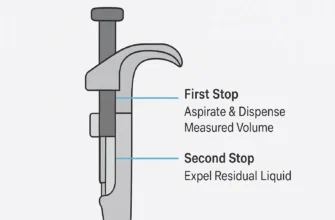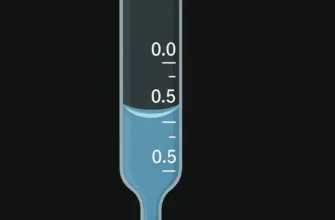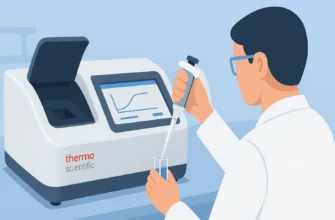What to Actually Do with Your Empty Pipette Tip Boxes
Every lab researcher knows the familiar sight: that growing pile of empty pipette tip boxes accumulating in the corner of the laboratory. These plastic containers seem to multiply overnight, creating both storage headaches and environmental guilt. While you might feel uncertain about whether these containers can be recycled through traditional channels, the good news is that there are several concrete, actionable options for responsible disposal—and even better, proven strategies to dramatically reduce this waste in the first place.
1. First, check if your supplier takes them back
The easiest and most cost-effective solution often lies right where you started: your supplier. Many major laboratory suppliers have established comprehensive take-back or recycling programs specifically designed for their plastic products.
Fisher Scientific offers a well-established pipette tip box recycling program where you can purchase recycling boxes (catalog number 246543000) that hold 36 to 75 pipette tip boxes depending on size. Each box costs approximately $275.50 for a package of five and includes prepaid UPS shipping labels. The program is designed specifically for clean, empty pipette tip boxes with no tips, pipettes, or liquids remaining.
Thermo Fisher Scientific operates the TipCycle recycling program for their ART and SoftFit-L pipette tips, boxes, and plastic packaging. Their system allows you to use original cardboard shipping boxes lined with provided plastic bags to collect waste, then ship everything back using prepaid shipping labels. The recycled materials are converted into building materials like recycled plastic lumber.
USA Scientific provides free recycling for their TipOne racks and inserts, collecting approximately once per month depending on volume. All materials must be free of biological, chemical, or isotopic contaminants. They also offer an extensive refill system that can save over 65% of plastic by weight compared to traditional packaging.
Corning, Falcon, and Axygen maintain free recycling programs where you can collect plastic packaging in any box, print prepaid mailing labels from their website (corning.mailthisback.com), and ship materials back at no charge.
To get started, check your supplier’s website or contact your sales representative directly. This should be your first step before exploring other options, as these programs are typically free and specifically designed for the products you’re already using.
2. When in doubt, use a dedicated mail-back service
When supplier programs aren’t available or don’t cover your specific products, specialized recycling services provide reliable alternatives for hard-to-recycle laboratory plastics.
TerraCycle’s Zero Waste Box program offers comprehensive solutions for laboratory waste. Their Laboratory PPE and Plastic Recycling boxes accept rigid lab plastics, flexible lab plastics, protective eyewear, disposable PPE, and disinfectant wipes. These boxes range from medium (78L) to larger sizes, with prices covering production, shipping both directions, and complete processing. The service includes signage and prepaid shipping labels, making the process straightforward for laboratory staff.
Polycarbin specializes in laboratory plastic recycling with their Alpha Carbin and Beta Carbin programs. They report an 85% recovery rate and provide tracking through their Carbin Counter system. Their closed-loop approach aims to transform recycled lab plastics back into new laboratory products, creating a circular economy within the scientific community.
These mail-back services work particularly well for laboratories using mixed brands of equipment or those without access to supplier take-back programs. The cost is generally predictable, and the convenience factor is high since you simply fill boxes and arrange pickup when full.
3. The best solution: create less waste in the first place
While recycling addresses the disposal challenge, prevention represents the most impactful approach to reducing laboratory plastic waste. Refill systems have emerged as game-changing alternatives that can reduce packaging waste by 50-65% compared to traditional tip box purchases.
USA Scientific’s TipOne Impact program demonstrates how refill systems work in practice. Their refill cassettes and transfer covers now incorporate recycled materials, while the tips themselves remain 100% virgin polypropylene to maintain quality standards. One diagnostics company reported diverting 57.5 tons of plastic from waste streams by switching to TipOne refillable racks.
Sarstedt’s Refill Revolution allows laboratories to collect used tip boxes and return them directly to the manufacturer for recycling into new products. Their Tip StackPack refill system reduces packaging and storage space requirements by more than 50% while maintaining sterility and quality.
Starlab’s TipOne system has been designed since 1998 specifically to save single-use plastic through reusable racks and economical refills. Their recycling service operates in multiple countries with free collection and processing.
Beyond refill systems, consider requesting products with less packaging or higher recycled content from your suppliers. Many manufacturers are actively developing more sustainable options and respond to customer demand for environmentally conscious alternatives.
Can pipette tip boxes be recycled?
Yes, most pipette tip boxes can be recycled, but not through standard curbside programs. These containers are typically made from polypropylene plastic (resin code #5), which is recyclable but requires specialized processing. The key is ensuring proper decontamination—boxes must be completely free of biological, chemical, or isotopic contaminants before recycling.
How do you dispose of used pipette tips?
Used pipette tips require different handling depending on their contamination status. Non-contaminated tips can often be recycled through specialized programs or disposed of as regular plastic waste. Biologically contaminated tips must be decontaminated through autoclaving before disposal in biohazard waste streams. Chemically contaminated tips require disposal as hazardous waste through licensed contractors. Always consult your institution’s safety guidelines and local regulations for specific requirements.
What to do with empty makeup containers?
Empty cosmetic containers face similar recycling challenges to laboratory plastics. Sephora’s Beauty (Re)Purposed program with Pact allows customers to drop off empty makeup containers from any brand at participating stores. TerraCycle partnerships with retailers like Nordstrom, Saks, and L’Occitane accept cosmetic containers for specialized recycling. MECCA’s program in Australia processes any brand of cosmetic, hair care, and skincare packaging. Many cosmetic brands also offer their own take-back programs—check with manufacturers directly.
Can pipette tips be reused?
While reuse of pipette tips is technically possible with proper decontamination, it requires specialized equipment and validation. Grenova Solutions’ TipNovus washing stations have been implemented by academic and government labs to safely reuse tips in biological assays. Research shows that even single-time reuse can provide 100% return on investment within three months for large institutions. However, most laboratories find that prevention through refill systems offers better cost-effectiveness and safety profiles than tip reuse programs.
Your simple action plan
Transform your laboratory’s approach to pipette tip box waste with this prioritized strategy:
Contact your supplier about take-back programs. This free option should be your first call, as most major suppliers now offer comprehensive recycling services for their products.
Investigate mail-in services if no supplier program exists. TerraCycle and Polycarbin provide reliable alternatives when manufacturer programs aren’t available.
Explore refill systems to minimize future waste. Switching to refillable tip systems can reduce your plastic waste by 50-65% while often providing cost savings.
Even small steps toward sustainable laboratory practices contribute to meaningful environmental improvements. By implementing these solutions, your laboratory joins a growing community of researchers working to build a more sustainable future for scientific research.

